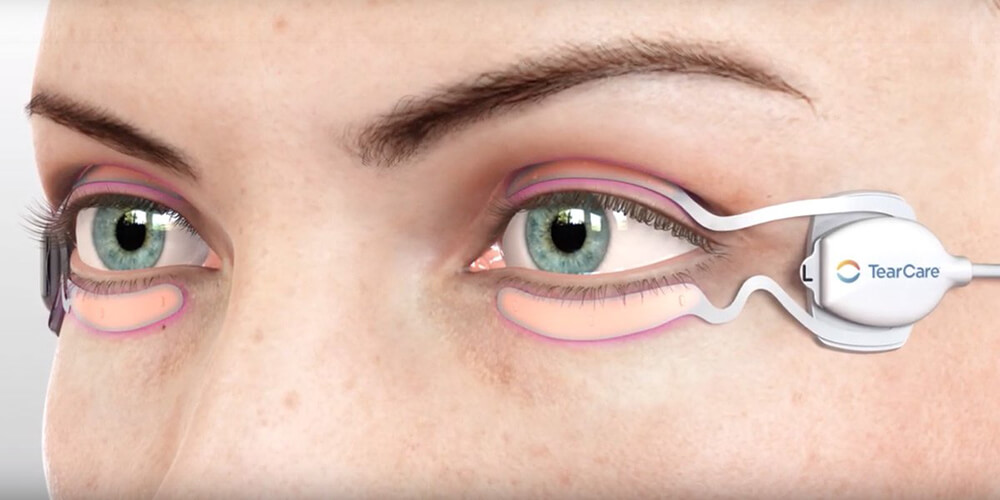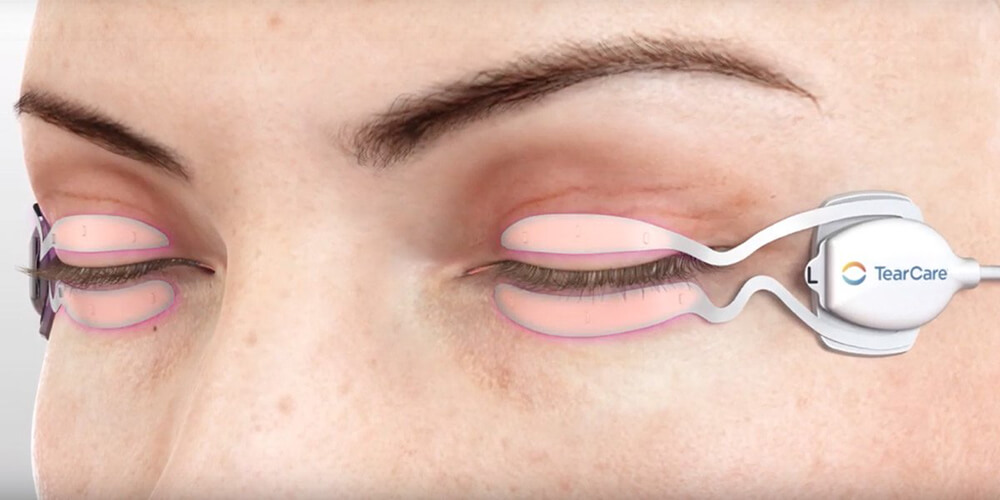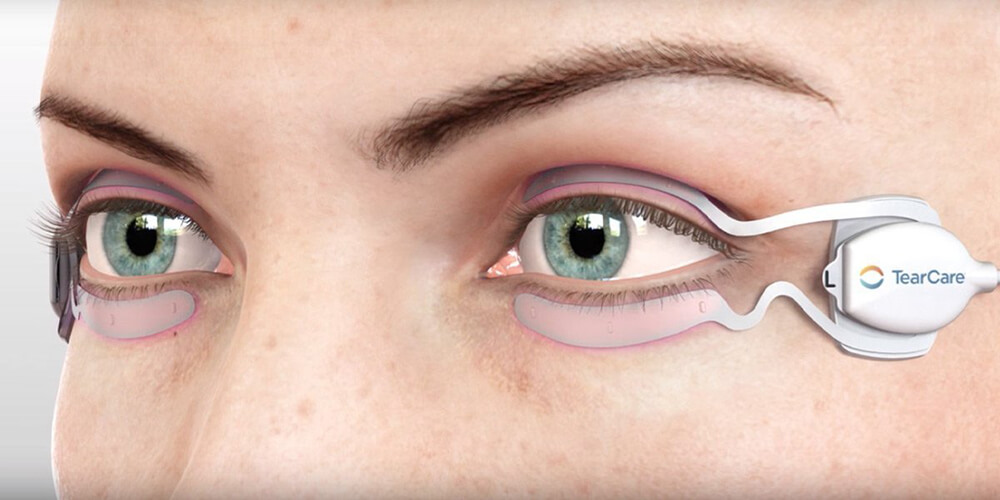Meibomian Gland Dysfunction
Posted by: Invision Optometry in Category Dry Eye Management

Nearly 86% of all dry eye cases are caused by meibomian gland dysfunction. Yet, many people with it do not even realize they have it. And, a large portion of those who do, use at home remedies like warm compresses that often give them little to no relief. Meibomian gland dysfunction occurs when the meibomian glands of the eyelids get clogged. As a result, they produce less oil when blinking. Although the typical treatment is to apply warm compresses to the eyelids, it is often not enough to adequately treat the problem and restore normal functioning of meibomian glands. For this reason, many people are still enduring symptoms that send them to their doctor in search of relief from dry, red and inflamed eyes. With over 30 million people suffering from chronic dry eyes, improving meibomian gland function is a necessity. But, the best way to do this is by using techniques that actually work. With this in mind, we offer some insight on an effective dry eye treatment that targets the underlying cause of dry eye.
Although the typical treatment is to apply warm compresses to the eyelids. It is not enough to adequately treat the problem and restore normal functioning of meibomian glands.
Understanding The Underlying Cause of Dry Eye
In the upper eyelid there are 25 to 45 meibomian glands and in the lower lid there are about 20 to 30. They produce essential oils that form the top layer of the tear film and are the core protective element that is essential to long-term eye comfort. When they are blocked, the eye surface becomes exposed leading to dry eye symptoms.
If left untreated, obstructed glands will reduce oil production, atrophy, and eventually drop out. For this reason, when MGD is present, it should be properly treated as a way to maintain a healthy tear film, the protective coating on our eye. If you have MGD, treatment is essential for the long-term management of dry eye syndrome.
Dry Eye Treatments
There are many treatments for dry eye symptoms such as non-prescription eye drops and warm compresses. However, the majority of people with dry eye disease have meibomian gland dysfunction (MGD). Thus, treatment of it should focus on and include clearing blockages in the meibomian glands. Something eye drops and warm compresses cannot do. The reality is, warm compresses and eye drops only provide short-term symptom relief making these dry eye treatments not only temporary, but unsustainable. Especially when you consider that both types of treatments needs to be done daily or multiple times a day.
An Effective Dry Eye Treatment
The relationship between MGD and ocular surface diseases such as dry eye is based on changes in meibomian gland secretion which alter the makeup of the tear film. This leads to subsequent surface irritation and inflammation resulting in uncomfortable and sometimes unbearable symptoms. For this reason, those with MGD need an effective dry eye treatment option. One that does not involve taking over the counter medication, applying warm compresses, or using eye drops all day. The good news is, now there is an effective dry eye treatment called TearCare.



TearCare
TearCare® is the world’s first and only wearable device providing a personalized open-eye experience. While most devices on the market require the patients to sit in a chair with their eyes closed for the entire procedure. TearCare’s natural blink design allows patients to comfortably blink freely and benefit from the nourishment each blink brings. The software-controlled device is FDA approved and recommended, for MGD and dry eye symptoms.
How TearCare Works
Meibomian gland dysfunction (MGD) is the most common cause of dry eye disease, and occurs when the meibum glands of the eyelid get clogged, producing less oil when we blink. TearCare’s smart system targets these same glands to stimulate oil secretion and relieve the underlying cause of chronic dry eye with the blink of an eye. Soft, adhesive applicators conform to the shape of the eye to direct energy to the meibomian glands and deliver steady heat to the eyelids. This helps to liquefy the oily coating on the eye surface which prevents tear film evaporation. Once the meibomian glands have been warmed, an instrument is used to gently clear blockages.
Diagnosing & Treating MGD Effectively
Detecting meibomian gland dysfunction at its earliest stages is imperative to ensure long-term tear film health. That’s because the tear is the eye’s first layer of defense. But, when it is compromised the eye surface becomes exposed and can lead to dry eye symptoms. Thankfully, there are effective treatments for those who suffer from dry eyes. If you consistently experience a scratchy, burning and itchy sensation often associated with dry eye syndrome, you should be screened for MGD. Contact our office today at (619) 222-2020 to learn more about our dry eye management solutions.


